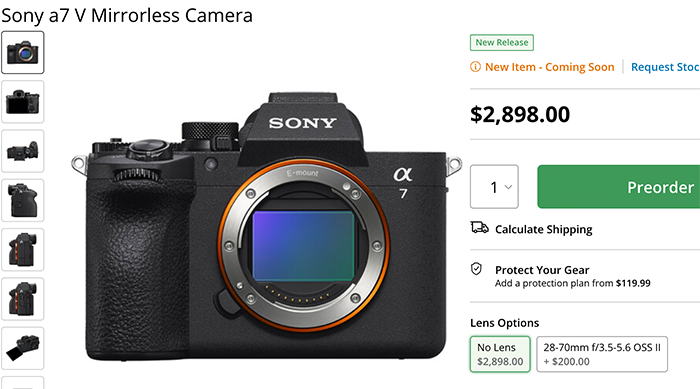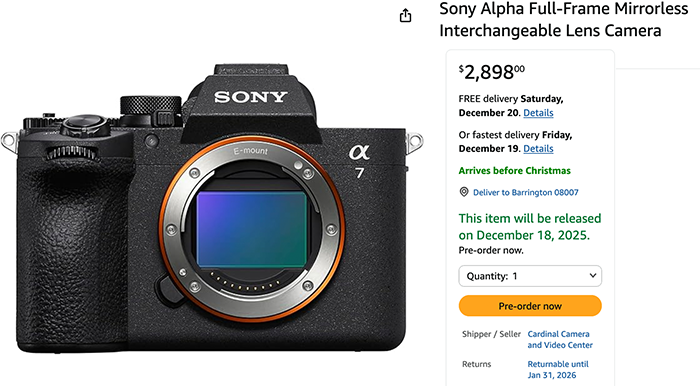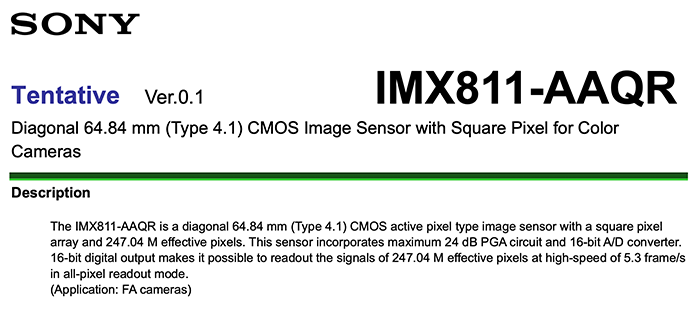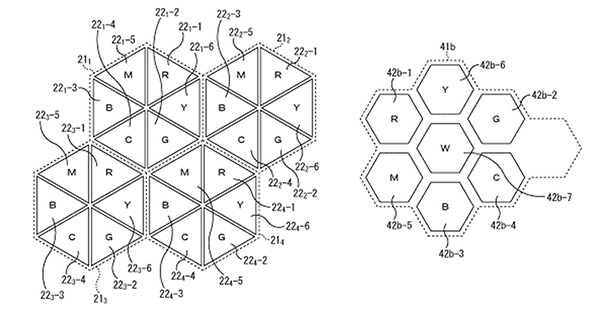Fotodiox will make a new Vizelex adapter.
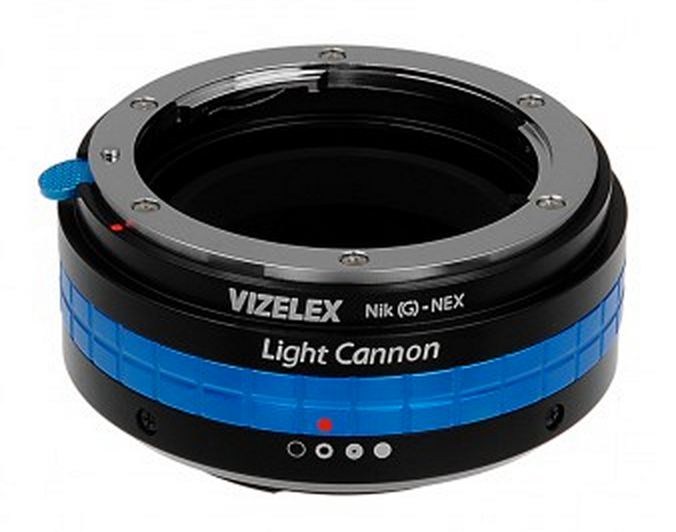
As you may know Fotodiox launched the Vizelex Cannon Nikon G to E-mount adapter which is in Stock at Amazon US (Click here). But from first testings at personal-view we know that the quality is inferior compared to the (more expensive) Metabones.
The company reacted on the critics and announced on Personal-View that they are working on a new version:
Thank you to everyone that bought the Light Cannon. Fotodiox Pro realizes there are issues with the optical quality of the results, and is working hard to fix the problem.
If you are unhappy with the Light Cannon you may return the merchandise for refund of the product cost or exchange, if the return is made within 14 days of receipt. Refunds will exclude any return shipping charges.
However, if you decide to keep this first generation product, you will have the opportunity to receive the Light Cannon Mark II for FREE, when it becomes available in 3 to 4 months. The Mark II will address the optical quality of the glass with an upgraded optical element. The optical element will be completely redesigned to correct the color shift and to keep sharp focus across the image. There will be two versions of the Mark II: 0.5x (created for full-frame lens to open the aperture up 2 extra stops) and 0.7x (created for APS-C Sensors which will open the aperture up 1 more stop). As a Fotodiox Pro customer that tried our first version of the Light Cannon you will get your choice between the two. With the higher quality optics, the Mark II will retail around $199.95, but the optical quality will be better. In order to get the free Mark II, please contact info@fotodiox.com to request the code for a free Light Cannon Mark II when it becomes available for purchase. Please include your name, email, what website you ordered from, and your order number so we can reference your order. Thank you for your continued support for Fotodiox Pro.
More adapter news:
The High Quality (and more expensive) Metabones Speed Booster are now for sale via BHphoto too. And next month the new A to E-mount Speed Booster will be released!
Like the Vizelex also Chinese companies are selling a cheaper Speed Booster clone named “Lens Turbo”:
[shoplink 18692 ebay]Pentax K (here one Bay)[/shoplink] and [shoplink 22693 ebay]Minolta MD/MC (here one Bay)[/shoplink].
[shoplink 18694 ebay]Contax C/Y (here one Bay)[/shoplink].
[shoplink 18695 ebay]M42 (here one Bay)[/shoplink].
[shoplink 18696 ebay]Canon FD (out of stock out) (here one Bay)[/shoplink].
[shoplink 18697 ebay]Nikon Ai-s (out of stock out) (here one Bay)[/shoplink].
Leica R will be released on 1st or 2nd week of July. Save this search in Slidoo to get notified when there will be an auction.
